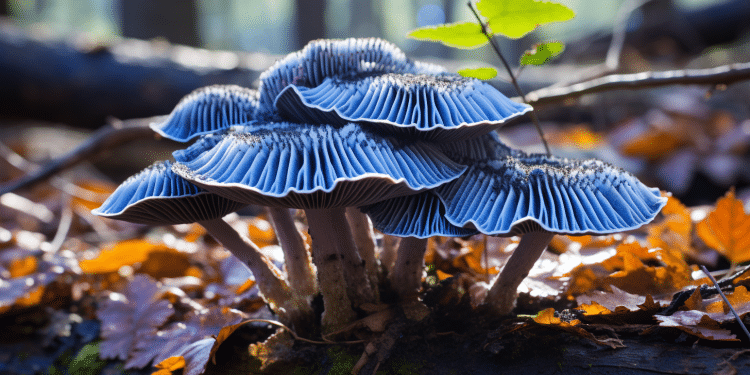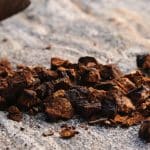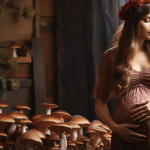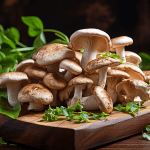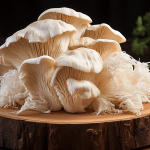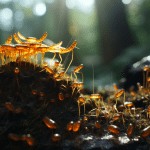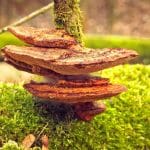Yes, there is a poisonous mushroom that looks like turkey tail. The Death Cap mushroom (Amanita phalloides) is a deadly poisonous mushroom that has a similar appearance to the edible turkey tail mushroom.
The Death Cap mushroom contains amatoxins, which are toxins that can cause serious liver damage. If you eat a Death Cap mushroom, you will likely experience vomiting, diarrhea, and abdominal pain. In severe cases, liver failure can occur, which can lead to death.
So, if you’re not sure whether a fungus is safe to eat, it’s best to avoid eating any mushrooms. For more information on toxic mushroom identification, please visit the Ontario Ministry of Natural Resources‘ Mushrooms area.
The good thing about foraging turkey tails is that they are available all year and may be found almost everywhere in the world. They mostly grow on dead hardwood stumps and fallen hardwood trunks or branches. They’ve even been known to sprout on conifers on rare occasions.
They seem to like rotting ironwood logs in watery locations on our property. We’ll even take a dead/rotting ironwood out into the woods and carry it to a wet area where there is sometimes standing water after rains. In a few years, they’ll be coated in turkey tails.
This is a very simple “field cultivation,” yet turkey tail mushrooms are said to be simple to cultivate. There are detailed instructions for producing turkey tails in Growing Gourmet and Medicinal Mushrooms (by Paul Stamets), as well as Organic Mushroom Farming and Mycoremediation (by Tradd Cotter).
So, Is There a Poisonous Mushroom That Looks Like Turkey Tail?
Turkey tail mushrooms have a wide range of look-alikes, but with careful study, you should be able to tell the real thing apart. Mushroom identification has a 6-step procedure for identifying turkey tail mushrooms, and I’ll go through it step by step.
The pores on the underside of turkey tail mushrooms are similar to those on reishi and tinder polypore.
The most similar look-alike is Stereum ostrae, a kind of crust fungus. They are quite comparable that these are often known as “false turkey tail.” They appear to be nearly identical from the top. They’re both multicolored rings, and they’re both thin and resilient. It’s simple to tell them apart once you flip them over.
Stereum ostrae has no pores on its underside. There isn’t a lot of information about it, so there’s not much to say. It isn’t known to be poisonous, but it isn’t know to be edible either. Some people have attempted to use it therapeutically, and there’s evidence showing that crust fungus varieties may be antibiotic (source), but there isn’t enough research to classify it as secure.
